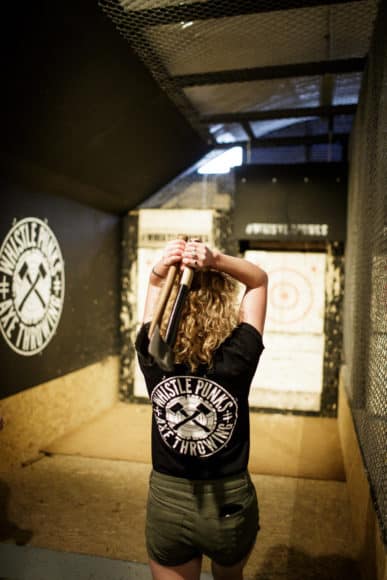The history of axe throwing is a fascinating subject, and although, as far as we know, it isn’t a part of any educational syllabus (even if it should be), and if anyone should have a degree in axe throwing history, it certainly should be us.
Throughout history, axes have been popular as both a tool and a weapon due to the cheapness of their make, being one of the oldest tools known to man. They were common in the stone age, initially made without a handle (or haft) and a stone cutting edge.
They were quickly turned into weapons. However, thrown axes were not used until 400-500 AD.
Where Did Axe Throwing Originate From?
Axes are first thought to have been used in the early Middle age as a weapon, commonly associated with the Franks, typically using the Francisca axe, the most famous type of throwing axe, for whom it was the national weapon.
The Francisca axe was also popular amongst many other Germanic Tribes at the time.
Certain historians believe that the thrown axe was not actually used in battles, many of whom believe it would have been folly to throw away a prized weapon and then be unarmed in the face of an enemy. Instead, other historians believe that it was used in food hunting due to the difficulty of getting within an arm’s length of an animal, making thrown weapons a great alternative.
Other historians have a different view of axe throwing history, claiming axes were thrown before hand-to-hand combat, providing a psychological edge to their war efforts. The Francisca would often have a random trajectory, so it was difficult to predict where the axe was going to go.
After a volley, enemies would often run, fearing another volley would follow.
In the late Middle Ages, throwing axes were a common feature, made of iron, and were often used by both foot soldiers and knights.




